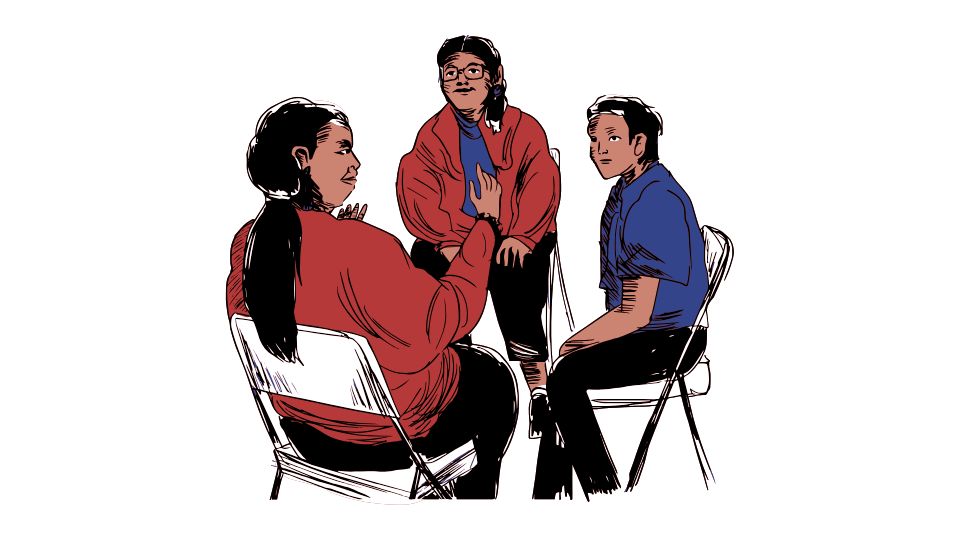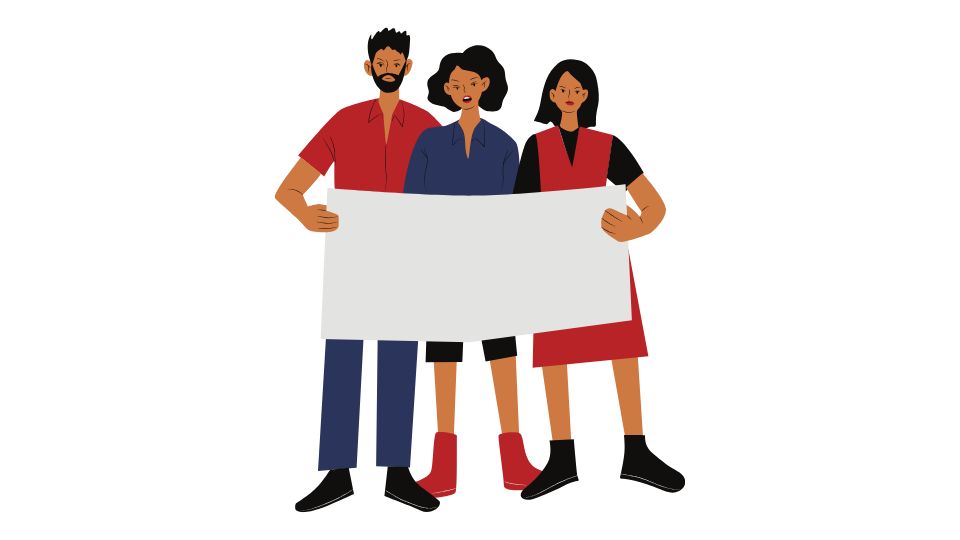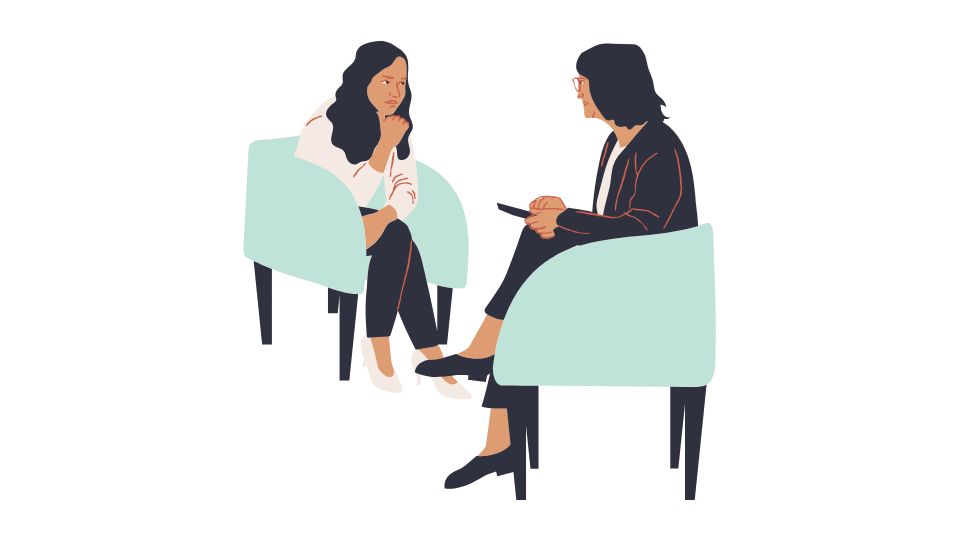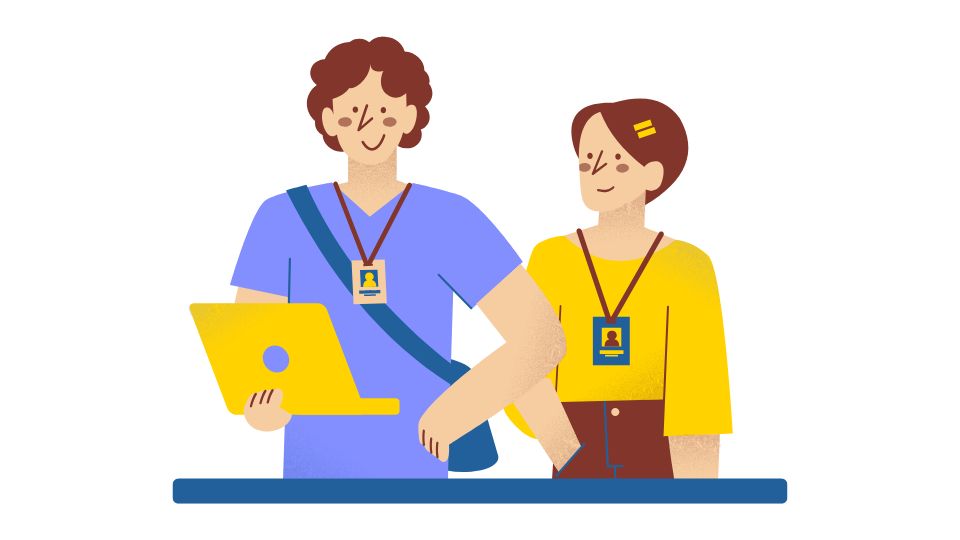Health Equity Success Stories That Will Inspire Your Next Project

Ever wondered what actually works when it comes to making healthcare fair for everyone?
Not just fancy reports that gather dust or initiatives that sound good in PowerPoint presentations but don’t change anything on the ground.
I’m talking about real success stories that have actually moved the needle on health equity.
Let’s dive into some genuinely impressive examples of organizations, governments, and communities that have taken health equity from buzzword to reality—and what we can learn from them.
What Health Equity Success Really Looks Like
So what exactly is health equity? It’s pretty simple: everyone deserves a fair shot at being healthy, regardless of how much money they make, where they live, their race, or their education level.
But making that happen? Not so simple.
The good news is that there are organizations out there crushing it when it comes to health equity. And their strategies are worth stealing.
Organizations Making Real Progress

WellSpan’s Impressive Numbers
WellSpan Health (an integrated health system in Pennsylvania and Maryland) didn’t just talk about health equity—they pursued formal accreditation for it and got serious results:
- Breast cancer screening rates jumped 6.31% for people of color in just one year
- This prevented an estimated 15 breast cancer deaths
- And added 215 years of life to their community
They also boosted colon cancer screening rates by 8.73% for people of color, preventing an estimated 360 colorectal cancer deaths and adding over 4,000 years of life to their community.
Those aren’t just statistics—they’re real people getting to live longer, healthier lives because someone decided to take health equity seriously.
Community-Driven Action Plans That Actually Work
The National Academy of Medicine developed a model that’s showing serious promise. Instead of experts swooping in with pre-packaged solutions, they’re engaging local stakeholders to identify and address what matters in their communities.
Novel concept, right? Ask people what they need instead of telling them!
The pilot projects showed that when you focus on community-specific needs through collaborative efforts, you get way better results than one-size-fits-all approaches.
Government Initiatives Worth Copying

State-Led Programs That Deliver
The Association of State and Territorial Health Officials (ASTHO) has been pushing health equity through their STRETCH Initiative (Strategies to Repair Equity and Transform Community Health).
What makes this work?
- Training public health staff on health equity (because good intentions aren’t enough without skills)
- Actually involving marginalized communities in policy-making (imagine that!)
- Focusing on tangible, measurable outcomes
The ASTHO’s framework gives states practical tools to move beyond talk and into action—and several states are seeing real improvements in healthcare access for underserved populations.
International Success Stories We Should Copy

Lao PDR’s Trust-Building Approach
In Lao PDR, the CONNECT initiative shows what happens when you bring community representatives, health staff, and local government officials together.
The result? Massive increases in trust in the health system, which led to:
- Higher vaccination rates
- Improved water supply
- Better overall health outcomes
It turns out people are more likely to engage with healthcare when they’re actually involved in designing it. Who knew?
New Zealand’s Healthy Homes Initiative
New Zealand tackled a root cause of health problems by focusing on housing quality for low-income families through their Healthy Homes Initiative.
The results were impressive:
- Significant drops in hospitalizations related to housing conditions
- Improved school attendance for kids
- Better employment outcomes for adults
This is a perfect example of addressing the social determinants of health instead of just treating symptoms.
What Actually Works: Common Threads
1. Community Engagement Is Non-Negotiable
The single biggest factor in successful health equity initiatives? Actually involving the community.
Not just through token representation, but meaningful participation in decision-making. When people have skin in the game, programs work better.
2. Data Drives Everything
All the successful programs shared one thing: they used data to identify disparities and track progress.
You can’t fix what you don’t measure. The organizations that made real progress were obsessive about collecting the right data and actually using it.
3. Cross-Sector Collaboration Is Essential
Healthcare alone can’t solve health inequity. The best results come when healthcare organizations work with:
- Government agencies
- Community groups
- Education systems
- Housing authorities
- And more
The Robert Wood Johnson Foundation has documented how these collaborative approaches consistently outperform single-sector efforts.
How To Apply These Lessons (Without Losing Your Mind)

So how do you take these lessons and apply them without getting overwhelmed? Here’s my practical advice:
Start with one disparity you can measure. Don’t try to fix everything at once.
Involve community members from day one. Not as an afterthought, but as partners.
Set concrete goals with deadlines. Vague commitments to “improve health equity” aren’t enough.
Share your data openly – even when it’s not flattering. Transparency builds trust.
Steal shamelessly from success stories. No need to reinvent the wheel when someone has already solved the problem.
Health equity isn’t just a nice-to-have—it’s literally a matter of life and death. And while it’s a complex challenge, these success stories prove it’s not an impossible one.
The organizations making real progress aren’t necessarily the ones with the biggest budgets or the most resources. They’re the ones that take a systematic approach, involve their communities, and refuse to accept the status quo.
And if they can do it, so can the rest of us.

